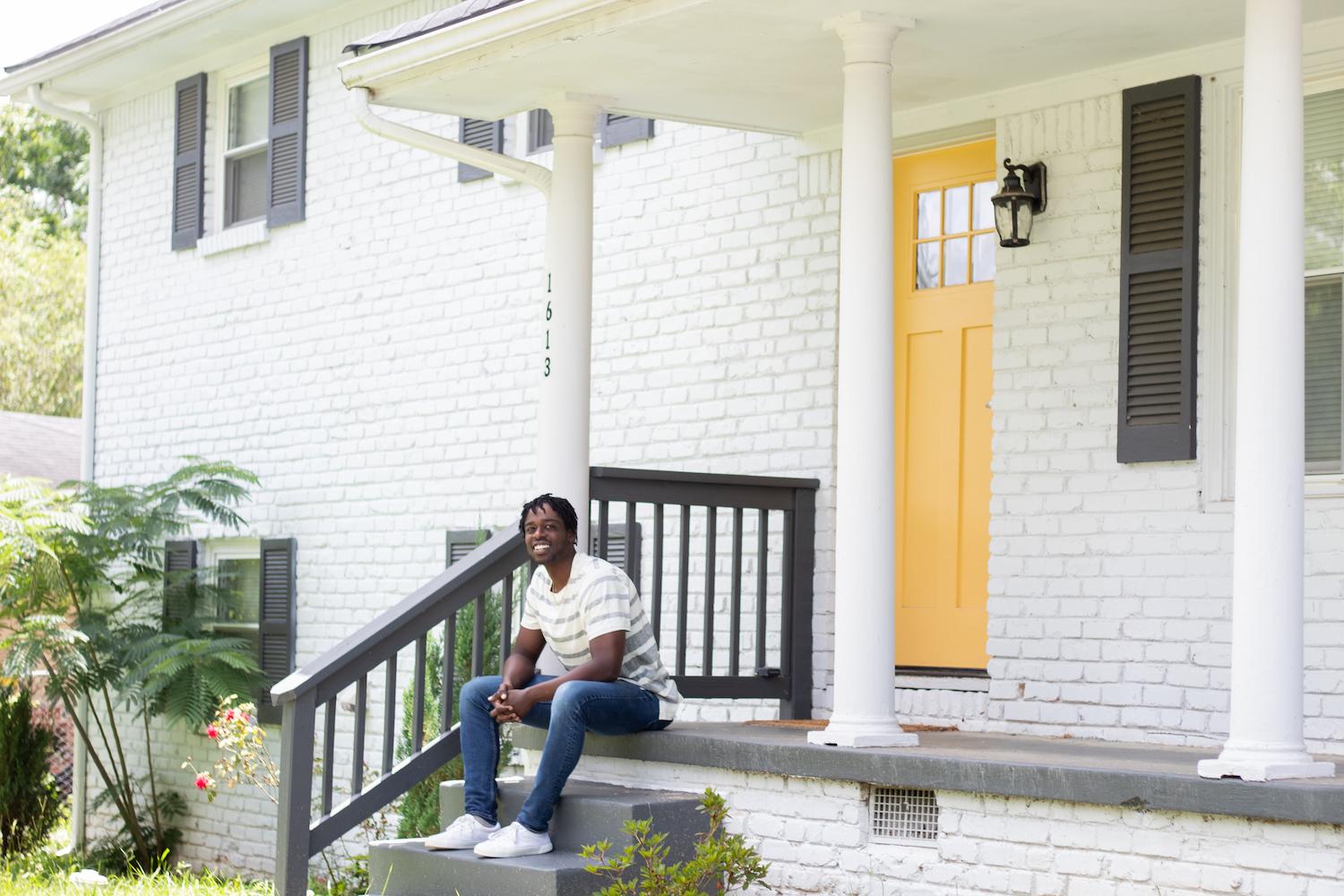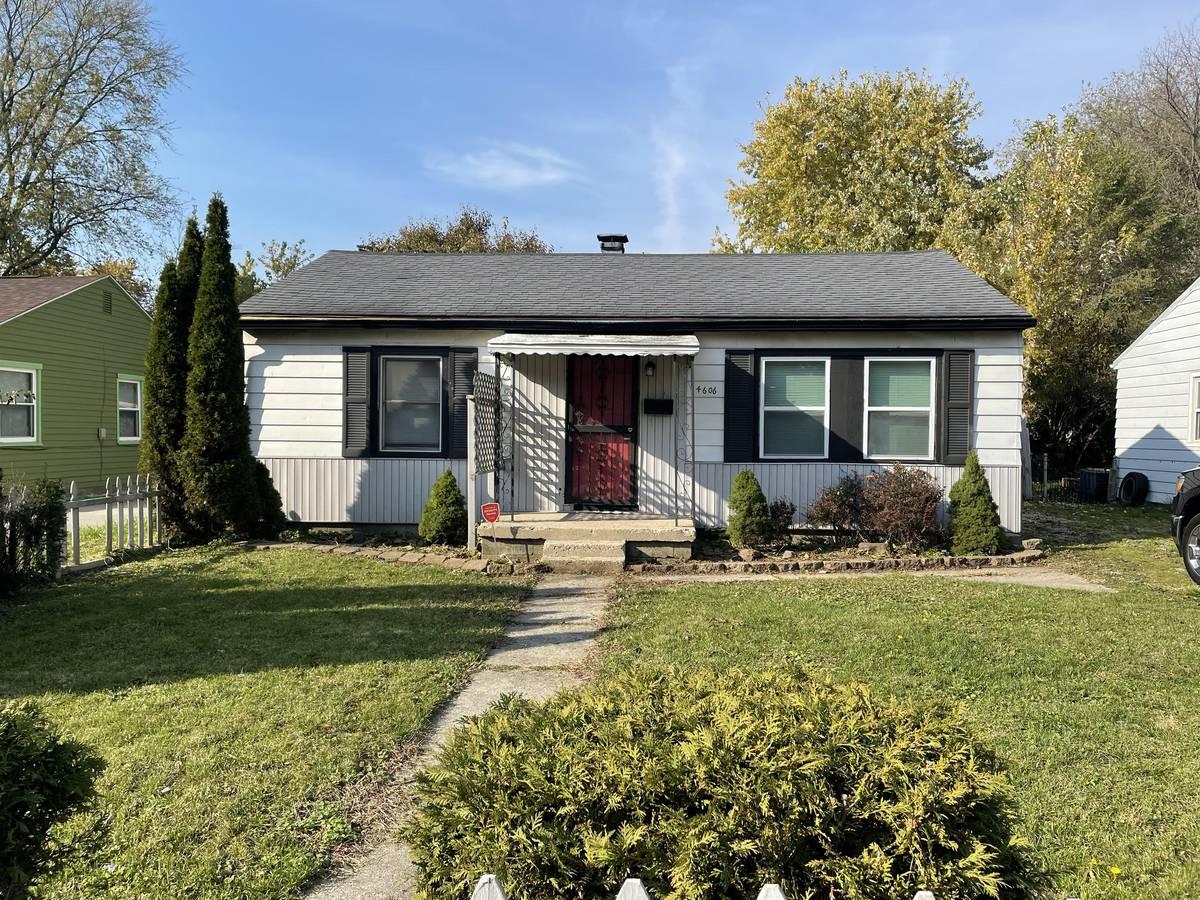For most of my career in housing, I’ve been baffled by the antiquated way we still define the word “family” across different cities and municipalities. These definitions, which often restrict how many unrelated people can live together, were written decades ago based on assumptions about family structures that are no longer relevant today.
Take Chesterfield County, Virginia, as an example. Their zoning code defines family as “one (1) or more persons related by blood or marriage occupying premises and living as a single housekeeping unit… not to exceed two (2) unrelated persons.” However, it explicitly exempts “any number of domestic servants” from being counted towards that limit.
Not only does this reveal the outdated classist notions built into these definitions, but it also highlights their complete disconnect from modern living realities. Does anyone in 2024 seriously expect most households to have live-in domestic servants?
The traditional nuclear family of a married couple with 2-3 children is no longer the norm. According to Pew Research, only 17.8% of U.S. households fit that mold. Non-family households, single-person households, and multigenerational families have been on the rise for decades and are currently the largest share of all households in the U.S. Yet we still cling to these narrow “family” definitions that can restrict housing choices for millions of Americans with the overwhelming majority of zoned districts and residential square footage reserved for “single-family.”
For seniors, young professionals, essential workers, and students, non-traditional living situations are increasingly common. Who could object to a modern-day Golden Girls scenario of four friends choosing to live together? Or a group of responsible individuals wanting to pool resources by living together? Even cities that have banned housing discrimination based on family status still retain archaic definitions of what qualifies as “family.”
As Justice Marshall noted in his dissent in the 1973 Belle Terre case, the freedom of association protected by the First Amendment should extend to “the rights to choose one’s living companions.” He argued that defining family by biological or legal ties was unconstitutionally discriminatory… 51 years ago.
These outdated definitions stem from an era of zoning rules designed to exclude certain people from residential neighborhoods under a thinly veiled guise (or sometimes not) of maintaining the “character” of an area. While modern motivations may be more about preventing overcrowding than outright discrimination, the effect is largely the same – making housing less accessible for non-traditional household structures.
From an economic perspective, this is increasingly problematic as housing costs have skyrocketed, pricing out millions from homeownership or rental housing suited to traditional families. Higher-density solutions that allow more unrelated people to share housing costs should be encouraged, not banned through discriminatory family definitions.
A pragmatic solution is to develop occupancy standards based on living area square footage rather than relationship status. For example, a 1,000-square-foot home with 2 bedrooms could have a maximum occupancy of 4 unrelated individuals, regardless of familial ties. These objective standards focused on health, safety, and overcrowding can achieve the same goals as archaic family definitions without the arbitrary discrimination. With this approach, it’s hard to argue that a 5,000 or 10,000-square-foot house should be restricted to the same 4 unrelated individuals with any legitimate health and safety concerns in mind. But this is what’s happening today in jurisdiction after jurisdiction.
More people are also delaying marriage, remaining single longer, or forgoing marriage/children entirely. But that doesn’t eliminate their need for housing or desire to live with others, be it friends, family members, or partners. Why should cities and counties have any say over the makeup of these households?
From a practical standpoint, these antiquated family laws are extremely difficult to enforce without a breach of privacy. Are home inspectors going to interrogate every household about their relationships and living situation? Will they demand to review leases, tax documents, and other private records? The enforcement quickly devolves into violating personal privacy and liberties that are also protected by the Constitution.
I’ve been encouraged by the recent traction in the state of Colorado, where their House of Representatives just passed HB24-1007, which prohibits any local jurisdiction from enacting occupancy restrictions based on familial status or definitions of family. It limits occupancy limits to only those based on minimum square footage requirements of building and fire codes. This is a model other states should follow. Given the constitutional concerns at play and President Biden’s documented concerns about housing affordability, this should be low-hanging fruit for the federal government to address as well, either through controlling funding or DOJ enforcement.
We’ve already made progress in eliminating housing discrimination based on protected classes of race, gender, religion, age, disability status, and more. Discriminating based on familial status or household makeup should be the next frontier. Cities can develop modern occupancy standards based on livable square footage, number of bedrooms, parking, and practical factors – not subjective relationship criteria.
No government should be in the business of defining families in 2024. It’s not only paternalistically archaic but also a violation of the freedom of association upheld by the Supreme Court. Let’s redefine “family” in housing for the 21st-century reality. Families come in all shapes and sizes now – our policies should reflect that.



